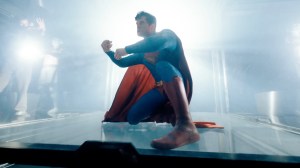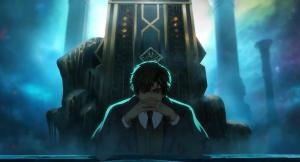Spoilers ahead for Man of Steel.John Byrne reinvented Superman in the ’80s with a miniseries entitled The Man of Steel, something that should have been a giveaway that the studio was planning on using it in their new movie Man of Steel.He has, generally, received very little credit for his contributions to the film. Some of the design elements call back to what Mark Waid and Leinil F. Yu did in Birthright, which is certainly part of it, as is probably the fact that Byrne isn’t actively involved with either social media or the comics community in the way that Waid is. Still, though–there’s a lot of Byrne in this movie.Like, a lot.For instance:
Man of Steel: Five Things The Movie Took From John Byrne’s Superman
Spoilers ahead for Man of Steel.John Byrne reinvented Superman in the ’80s with a miniseries […]













